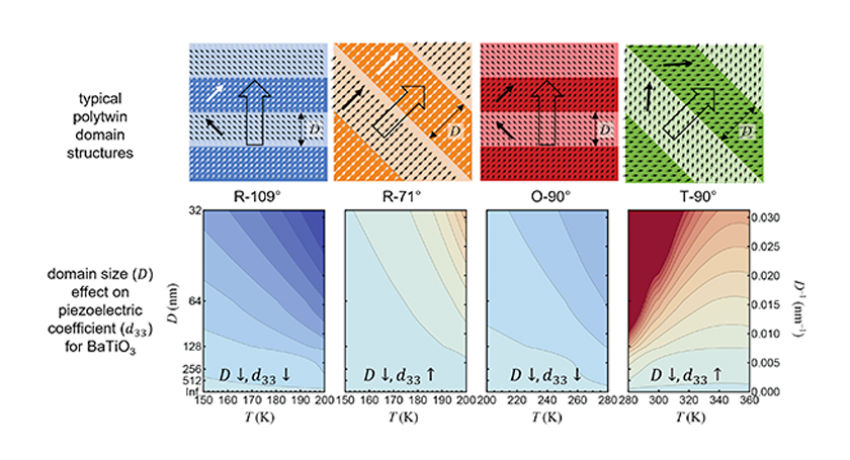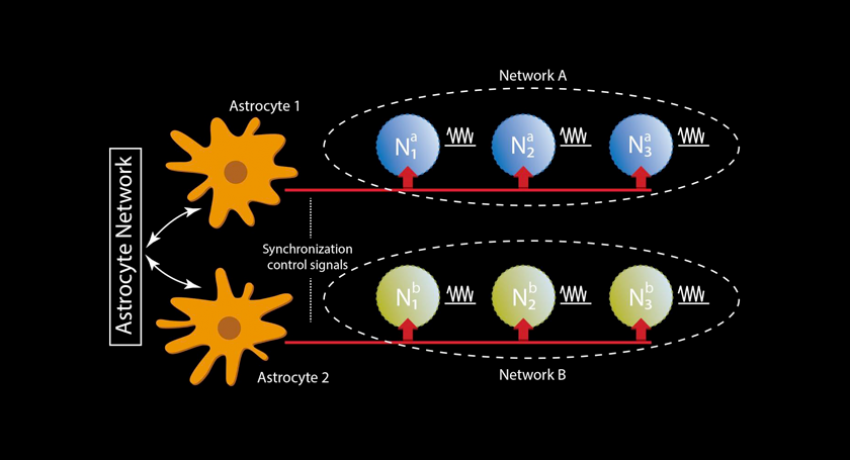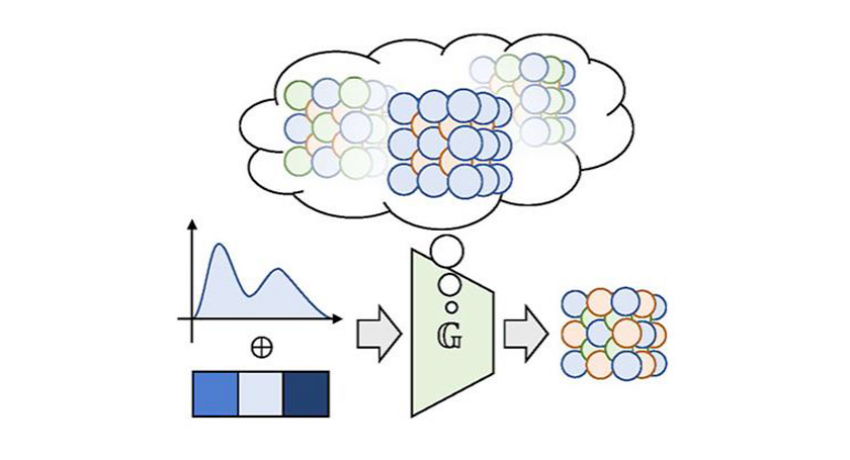Tiny defects hold key to turning inert materials into more useful chemically active ones
For years, researchers believed that the smaller the domain size in a ferroelectric crystal, the greater the piezoelectric properties…
A clearer understanding of how a type of brain cell known as astrocytes function and can be emulated in the physics of hardware devices…
Everyday items, like prescription drugs, gasoline and plastics, all undergo several rounds of catalytic processes during manufacturing…
The person staring back from the computer screen may not actually exist, thanks to artificial intelligence (AI) capable of generating…
Founders use Penn State entrepreneurial ecosystem to work toward commercialization
Three Penn State faculty and two graduate students have received the 2021 Rustum and Della Roy Innovation in Materials Research…
Huanyu “Larry” Cheng has been selected to present at two invite-only scientific conferences.








